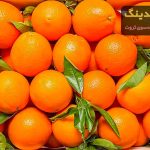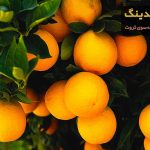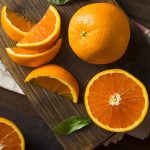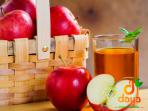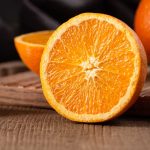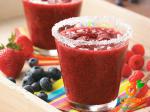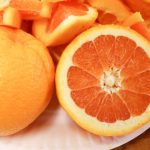Wholesale price kiwis in bulk
What you will read in this article....
MALE AND FEMALE KIWI PLANTS FOR SALEKIWI PLANTS FOR SALE UKMALE HARDY KIWI PLANTS FOR SALEBEST HARDY KIWI VARIETIESMEADER HARDY KIWIHARDY RED KIWI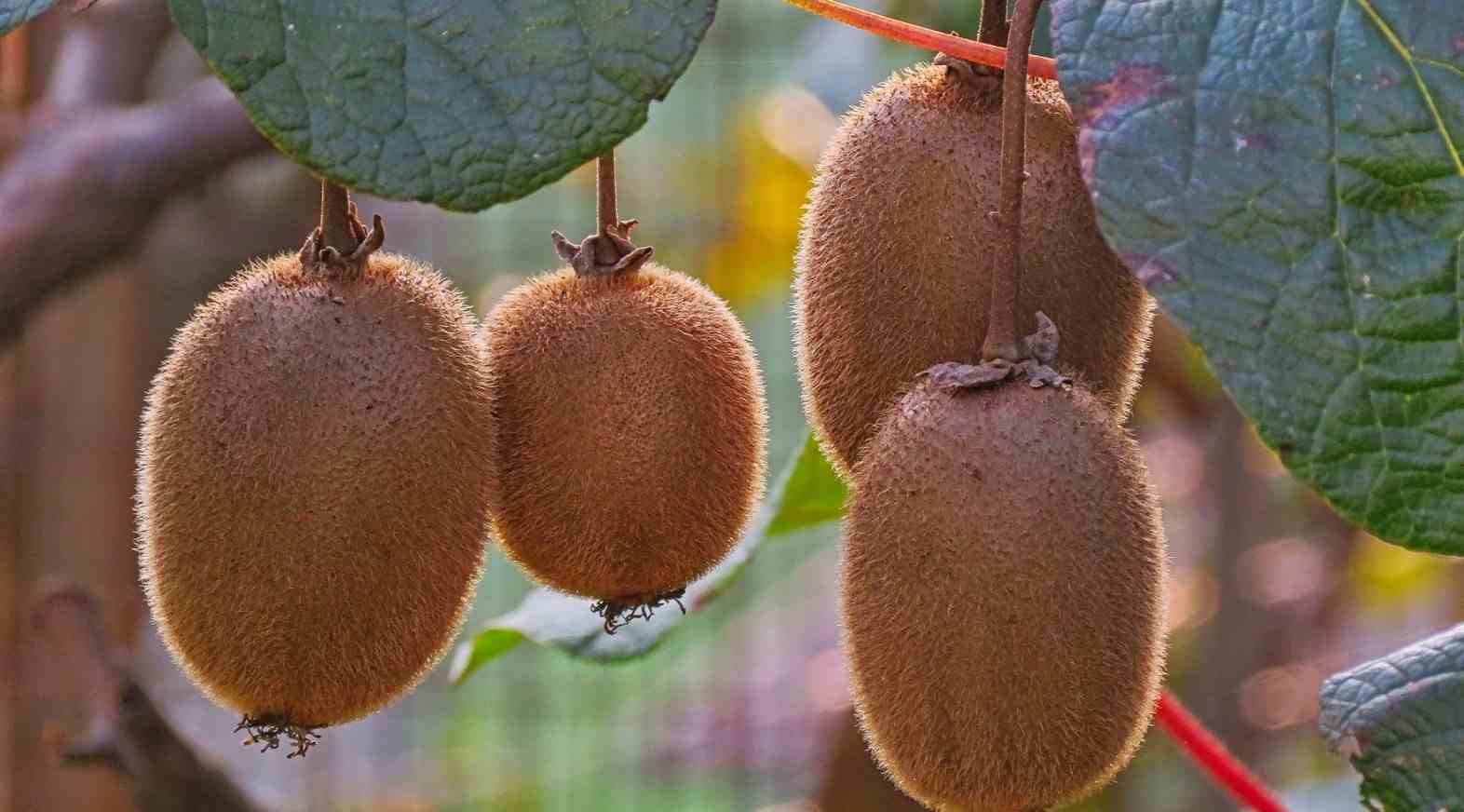
The vitamin C in kiwis is higher than in oranges, the potassium is higher than in bananas, and the folate, copper, fiber, vitamin E, and lutein are more than in any other fruit or vegetable. You may grow a tasty kiwifruit plant right in your own backyard with hardy varieties, which offer a wide range and a low cost, making them one of the best options even for those with limited space. 
MALE AND FEMALE KIWI PLANTS FOR SALE
Despite the fact that Kiwi plants generally favor warmer, brighter locations, you will discover that some of the kiwi plant kinds in our catalog can withstand very low temperatures and are thus suitable to the sometimes unpredictable British environment. Those with restricted space will also find our self-fertile kiwi plants to be quite handy. As climbers that need assistance, our kiwi fruit plants are offered as container-grown plants and may be cultivated similarly to vines. More… In southern China, the fruit of the Kiwi plant, also known as Chinese Gooseberries, was originally spotted growing. In contrast, several novel cultivars have been developed and subsequently adapted to European and British growing conditions throughout the last century. Although growing under glass removes any possibility of harm to delicate plant blossoms in spring, many types of kiwi plants will thrive in a warm, sunny position in a home garden, preferring well-drained soils and hating acidic soil conditions. As a climber, your Kiwi plant will need assistance as it develops, much like a grapevine. Some of our Kiwi plant kinds may grow to around eight meters in height, however this can be decreased with the use of suitable and sufficient pruning techniques. Our listings contain both self-sterile and self-fertile kiwi plants for sale, as we have attempted to give a variety of kiwi plants with the best flavorful fruit. With our self-sterile kinds, a male flowering plant is needed to pollinate a complimentary female flowering plant type in order to produce fruit. Approximately one male Kiwi plant is required for every seven female Kiwi plants. But for people with limited space, our self-fertile types provide a space-saving alternative, since each plant can pollinate itself and produce fruit. 
KIWI PLANTS FOR SALE UK
As you may have guessed, the UK is a huge fan of kiwi fruit and kiwi plants. KIWI BERRIES CAN BE FOUND IN JUST ABOUT ANY Grocery store. TASTY, RICH FRUIT FOR CHILDREN THAT IS EASY TO HANDLE. Kiwis are easy-to-grow climbers that provide abundant yields in the United Kingdom. In addition, when you purchase a self-fertile kiwi plant from Suttons, you will get an established plant that is prepared for whatever obstacles your garden may provide. Typically, kiwis must be grown up or over supports, such as wires or a trellis. A home’s south-facing wall is optimal. We do not want to discourage you from cultivating your own Kiwis. They are fairly robust and may thrive in the wild as far north as Yorkshire and under glass anyplace in the United Kingdom. Consequently, your crops need a lengthy, bright summer to thrive. Growing your vines under glass or in a polytunnel will always provide more consistent results. Flowers are vulnerable to late spring frosts, thus your vines should not typically bloom until the frosts have passed. When there is a frost warning and your plants are in bloom, it is advisable to cover them for the night. Before planting, take the time to thoroughly prepare the land and include copious amounts of garden manure and compost. If you have sandy, infertile soil, you should dig a larger hole and include a more organic material. A well-draining soil and a south-facing location with full light are required for productive crop growth. Mulch the root zone to protect soil moisture. When your plants are three years old, begin feeding them in the spring when they begin to show indications of development, and stop when the fruits get large. Young plants need just a little amount of food, however, older plants over five or six years old require a substantial amount of nitrogen throughout the growing season. 
MALE HARDY KIWI PLANTS FOR SALE
Kiwi: Hardy Kiwi These kiwifruits are so delicious that you don’t even need to peel them to enjoy them. The skin of the grape-sized fruits is often exceedingly thin and “fuzzless,” while the color of the fruit itself is typically green. They are similar to traditional kiwis in that, once cut open, they reveal tiny black seeds and emerald green flesh with a ‘rayed’ pattern that is distinctive of kiwi fruit. The sugar content of hardy kiwifruits ranges from 14 to 29 percent, while the sugar content of regular kiwifruit is just 14 percent. Hardy kiwifruits tend to have a more intense flavor than their more common counterparts. The hardy kiwi fruit grows on a perennial vine that is native to the regions of Japan, Korea, Northern China, and the Russian Far East. It produces little kiwifruits that are devoid of the hair-like fibers that cover the exterior of the majority of other species that belong to the genus. This is in contrast to the majority of other species that belong to the genus. The fruit is also known as the Siberian gooseberry, Siberian kiwi, hardy kiwifruit, kiwi berry, arctic kiwi, baby kiwi, dessert kiwi, grape kiwi, northern kiwi, or cocktail kiwi. It is an edible, berry- or grape-sized fruit that is comparable to kiwifruit in taste and appearance, but it has green, brownish, or purple skin Hardy kiwifruit are often more sweet than the kiwifruit, and they may be eaten without having to peel them first. They can also be consumed in their whole. It has a smooth and leathery shell with a thin wall and is completely smooth. 
BEST HARDY KIWI VARIETIES
Due to the novelty of this crop, the creation of hardy kiwi variants is still in its infancy; nonetheless, a few types may be bought from nurseries. Varieties ARCTIC BEAUTY This is the colloquial name for Actinidia kolomikta, not a genuine variation. This kiwi species has had trouble establishing itself in several areas. ANANASNAYA The Russian name for this cultivar means “resembling a pineapple.” Many nursery catalogs call this cultivar “Anna” because of the tongue-twisting name. The fruit is of very high quality, with a sweet scent and a robust taste. The skin is green and acquires a violet-red blush when exposed to sunlight. This is the sole “standard” we have to compare other varieties too; it is a highly strong vine. DUMBARTON OAKS Named after the public garden where an ancient vine of this variety grew and from which the first plants of this variety were propagated. Has a pleasant taste.  GENEVA Several Geneva varieties are offered by nurseries. Even though they have not been extensively examined, it is known that the fruit ripens sooner than either Anna or Issai and has a pleasant taste. ISSAI The only kind capable of producing its own offspring (not requiring a male pollinator). The performance of this variety in Pennsylvania has been subpar. It originates in Japan, is less strong than other hardy kiwi types, and produces tiny, flavorful fruit. It is difficult to harvest because the fruit inside a cluster ripens unevenly. MEADER Both male and female versions are offered. If you want to get fruit from it, you must order the female. The size of the fruit is medium.
GENEVA Several Geneva varieties are offered by nurseries. Even though they have not been extensively examined, it is known that the fruit ripens sooner than either Anna or Issai and has a pleasant taste. ISSAI The only kind capable of producing its own offspring (not requiring a male pollinator). The performance of this variety in Pennsylvania has been subpar. It originates in Japan, is less strong than other hardy kiwi types, and produces tiny, flavorful fruit. It is difficult to harvest because the fruit inside a cluster ripens unevenly. MEADER Both male and female versions are offered. If you want to get fruit from it, you must order the female. The size of the fruit is medium. 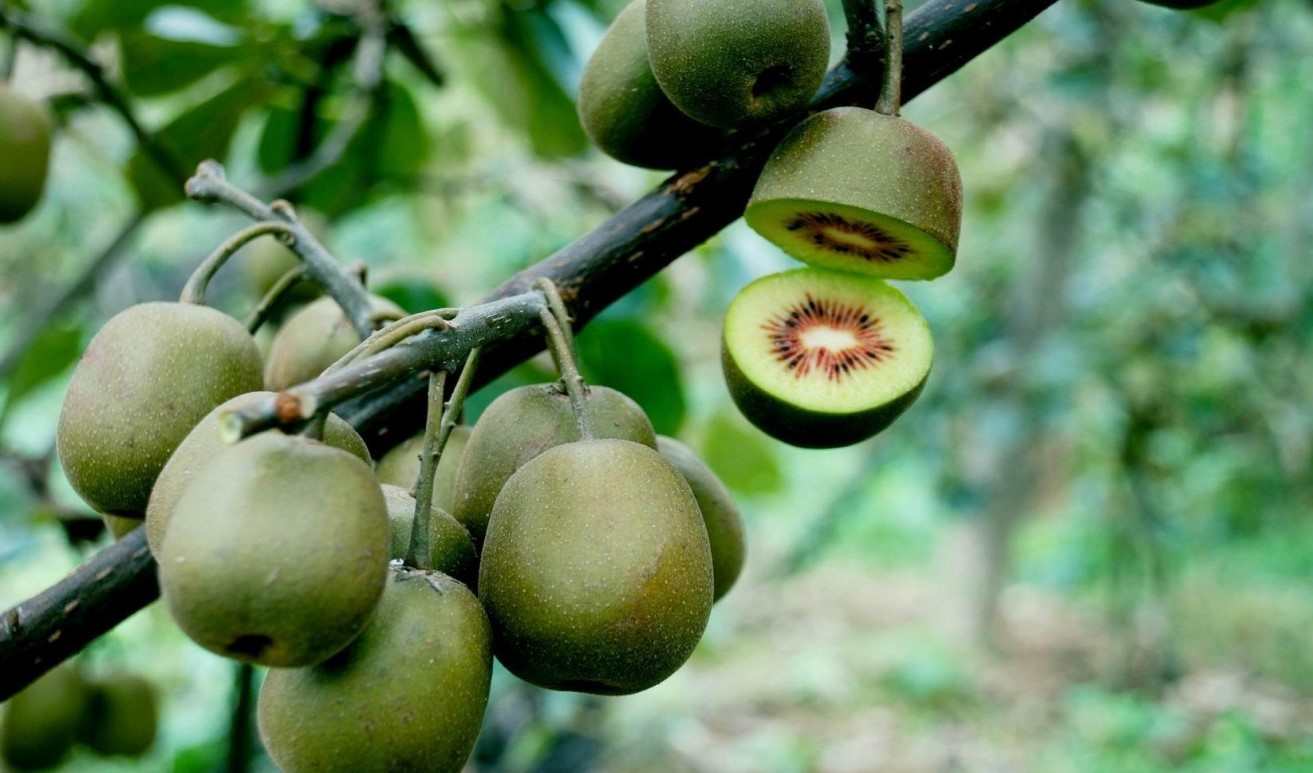
MEADER HARDY KIWI
Kiwis with fuzz-free skin may be picked from the vine and eaten immediately away throughout each season’s harvest. When using Meader Hardy Kiwis, you won’t have to peel the fruit, saving you time and frustration. Approximately the size of a grape, these kiwis have a solid, silky exterior and a soft, juicy inside. They’re the ideal summertime snack because each bite unleashes a refreshing burst of juice that’s laced with sweet and tart tropical flavors that help cool you down. The vitamin C content of kiwis is five times higher than that of citrus fruits, so you’ll be giving your immune system a nutritional boost while enjoying a sweet treat. By using the space-saving Meader Hardy Kiwi vine, you can produce an unlimited supply of fruit while taking up little to no place in your yard or garden. It will also contribute to the landscape’s attractiveness by bursting with hundreds of white blossoms in the spring that develop into brilliant green fruits in the summer. Because of its low-maintenance characteristics, the Meader Hardy Kiwi is the worry-free version. It is more resistant to pests and illnesses than other varieties of kiwis, and as a consequence, it produces more fruit that is healthier and more flavorful. Dry, southern climates would benefit greatly from this drought-resistant and heat-resistant Kiwi vine. Additionally, they can tolerate temperatures as low as -30 degrees Fahrenheit, making them suitable for growing in zones three and four. The Meader Hardy Kiwi can withstand severe winter storms with temperatures far below zero and still produce a lot of fruit. If you want fruit, you’ll need two Kiwis, one male, and one female. Luckily, we took care of it for you. You will get the finest pollinator, the Anna Kiwi, along with your Meader Kiwi, since we have pre-bundled the two together. 
HARDY RED KIWI
It takes between three and four years for Hardy Red to produce fruit, but the wait is well worth it. The fruit’s taste is sweeter than that of the bigger kiwi species. As with other kiwis, the red flesh includes tiny, edible seeds, but the cranberry-red skin is silky and soft. These kiwis do not need peeling; just consume them like you would grapes. In May, the female Hardy Red kiwi vine is hardy in USDA zones 4 through 9 and produces fragrant white blossoms. Generally, fruit ripens between September and October. Once the vines have reached maturity, gardeners may anticipate harvesting 100 pounds or more of exquisite fruit. To produce fruit, the Hardy Red kiwi needs both male and female plants, as do all other kiwi varieties. These deciduous climbing vines may grow up to 30 feet (9 meters) in height and produce fruit on second-year wood. In late spring, you may grow a hardy Red kiwi vine from seed by planting them inside. Even though older vines are winter-hardy, frost may destroy young growth. Maintain seedlings’ ventilation to avoid damping off. Gardeners should anticipate a larger ratio of male to female vines when reproducing via seed.  Fresh kiwi seeds may also be sown in autumn. In general, the germination rate of new seeds is quicker, with sprouting occurring two to three months after planting. A fall-planted vine needs greenhouse overwintering. After the risk of frost has passed in late spring or early summer, seedlings may be planted in their permanent site. By propagating kiwis from cuttings, gardeners may receive a greater proportion of female vines. During the growth season, semi-woody cuttings should be started in July or August for optimal results. Red kiwifruit needs continually wet, well-drained soil to thrive. Avoid planting the crowns in wet or extremely dry soil. These perennial vines thrive in humus-rich, sun-drenched soil. Hardy Red may be cultivated in partial shade, however, fruit yields will be diminished.
Fresh kiwi seeds may also be sown in autumn. In general, the germination rate of new seeds is quicker, with sprouting occurring two to three months after planting. A fall-planted vine needs greenhouse overwintering. After the risk of frost has passed in late spring or early summer, seedlings may be planted in their permanent site. By propagating kiwis from cuttings, gardeners may receive a greater proportion of female vines. During the growth season, semi-woody cuttings should be started in July or August for optimal results. Red kiwifruit needs continually wet, well-drained soil to thrive. Avoid planting the crowns in wet or extremely dry soil. These perennial vines thrive in humus-rich, sun-drenched soil. Hardy Red may be cultivated in partial shade, however, fruit yields will be diminished.



